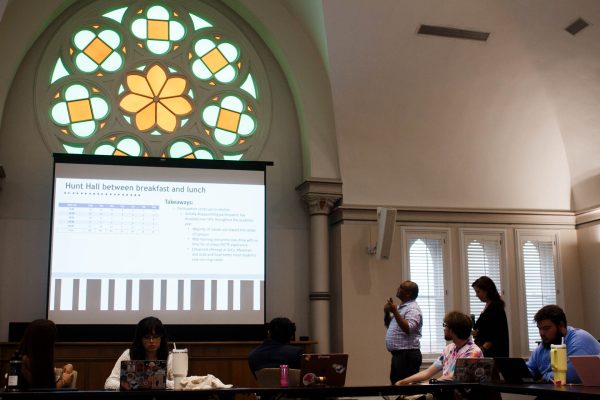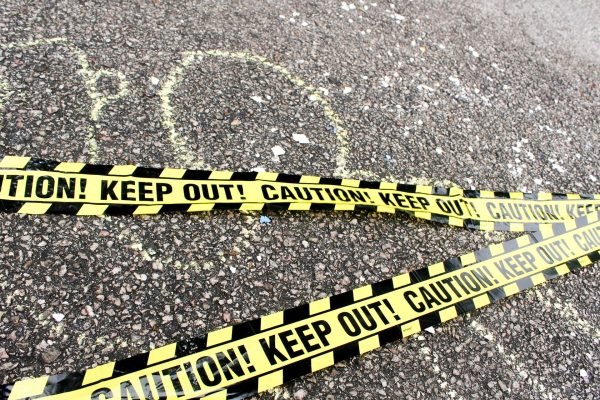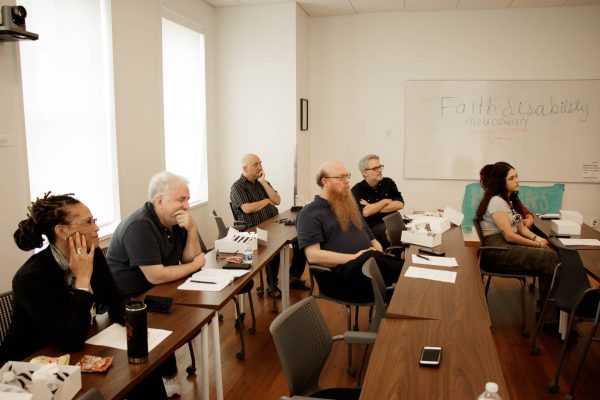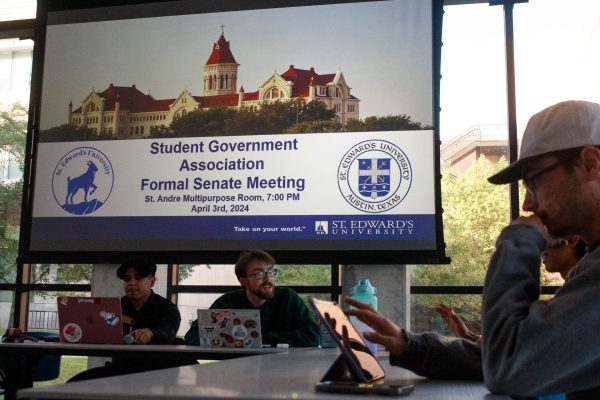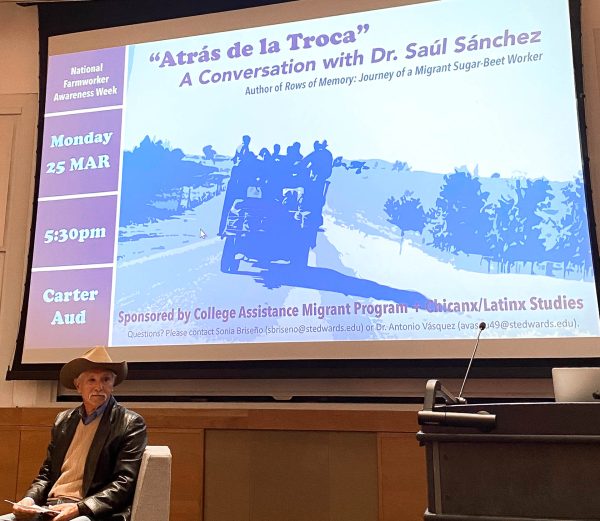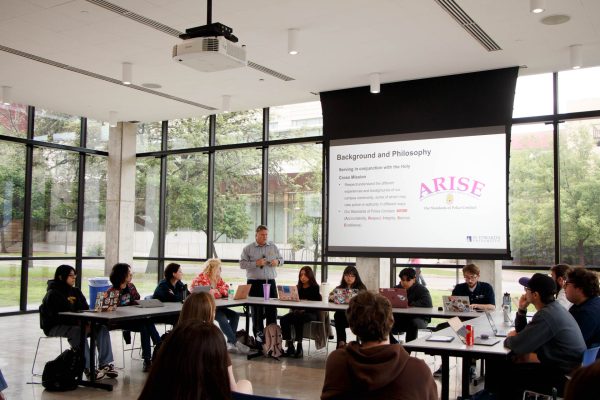Audit about environmental regulations to be held on campus
St. Edward’s University is participating in an environmental compliance audit to assess the university’s adherence to federal environmental laws and regulations, as well as Texas state law.
The audit is a part of a program within the Independent Colleges and Universities of Texas, a nonprofit association for accredited public and private institutions of higher education in Texas, according to the Assistant to the President for Institutional Relations Cristina Bordin.
President George Martin is the current board chair of the ICUT.
“The organization decided …it’d be a whole lot better if simply we created a program where we started to evaluate what we’re doing before the Environmental Protection Agency has to come and work in concert to advance good policies and to assist one another as peers in reviewing how effective we each are and following good policies,” Martin said.
The university informed the EPA and the Texas Commission on Environmental Quality of its intentions to conduct a peer audit under the EPA Audit Policy, Physical Plant Director Michael Peterson said. A professional auditor and four peer auditors from colleges and universities within the ICUT will conduct the audit at St. Edward’s.
“It’s a long process. It takes about a semester,” Martin said of the audit.
Preparation for the audit involved collaboration among different departments within the university.
“The Physical Plant coordinated information with many departments on campus, reviewed our paperwork, inspected mechanical and electrical rooms and our shop facilities,” Peterson said. “Additionally, select members of the university attended training on how to conduct the audit, and three individuals have conducted peer audits on other universities.”
The auditors will take a number of steps to conduct a thorough audit at St. Edward’s.
“They check facilities, they check reports, [and] they talk to people because they have to make sure the data is true,” Bordin said.
According to the EPA’s website, “The EPA Audit Policy was developed to encourage the regulated community to review their activities’ compliance with environmental requirements and to proactively take steps to assure they are in compliance.”
The EPA can fine an entity if it is found to be in violation of environmental laws. Since St. Edward’s is undergoing a peer audit, essentially a self-audit under EPA Audit Policy, the university can avoid monetary fines if it meets certain standards.
“St. Edward’s will receive [a] 100 percent waiver of all gravity-based penalties by disclosing the audit findings and correcting those findings within 60 days,” Peterson said. “Also, to gain the full penalty waiver, St. Edward’s University will implement an Environmental Management System within three years of completing the audit program.”
Martin believes the program will raise awareness among the campus community about compliance with environmental laws.
“When you throw away paint, where do you throw away paint? When you throw out fluorescent bulbs, where do you throw them? All kinds of things like that that people don’t necessarily think of. As long as people are made aware of it, they’re more than willing to do that,” Martin said. “What you’re doing is working with people on campus saying, look at this, look at that, are you in compliance, or are you not. Again, it just raises awareness to a very positive level.”
Peterson said the university should receive the draft audit around April 1.


